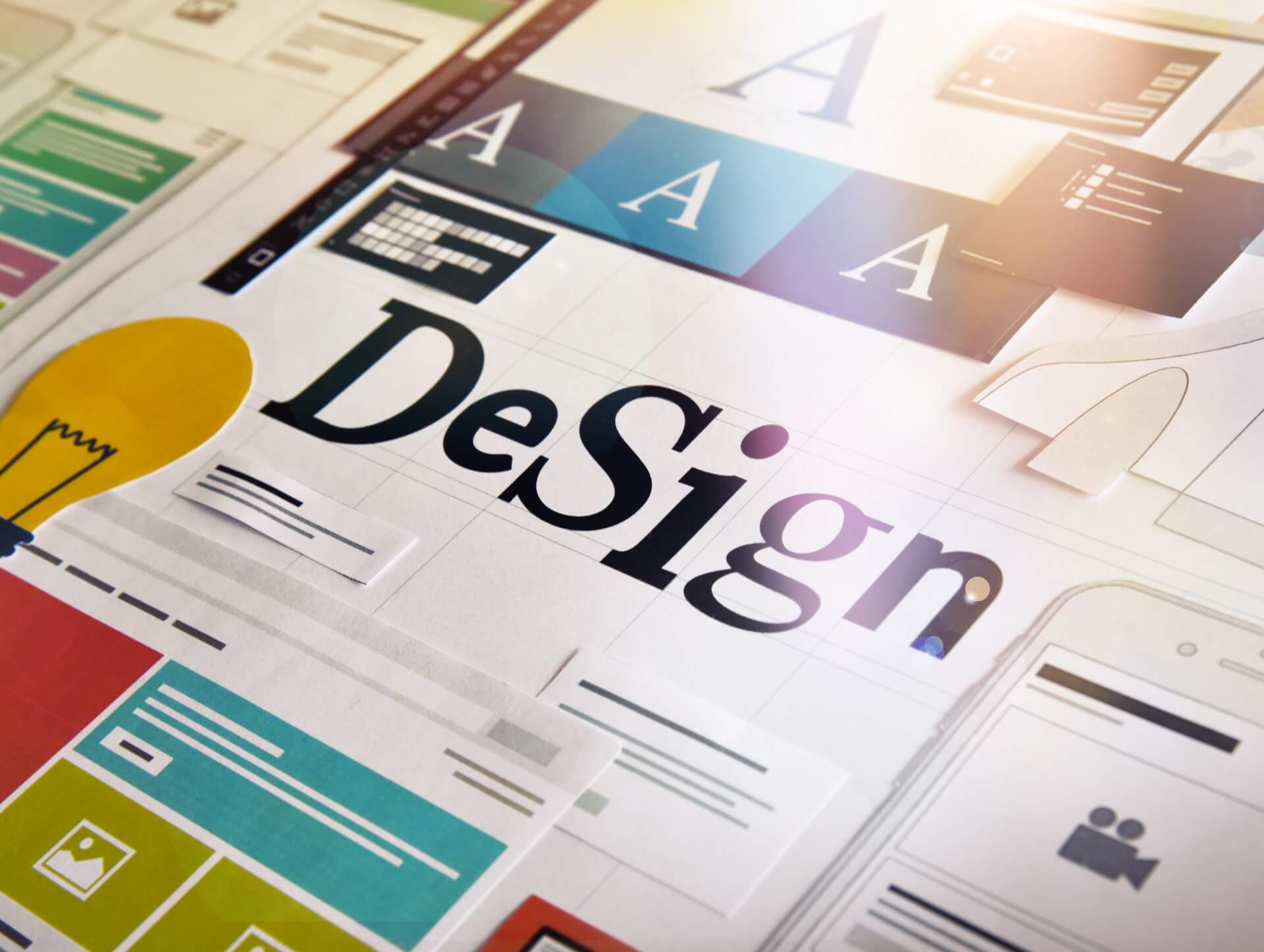The role of quality assurance in graphic design maintenance

06/09/2023
Graphic design plays a crucial role in establishing and maintaining a brand's identity. Whether it's creating custom designs, providing monthly design services, or ensuring brand consistency, graphic design is an essential component of a successful business. However, design is not a one-time task; it requires ongoing maintenance and support to ensure its effectiveness and relevance. This is where quality assurance comes into play. In this article, we will explore the importance of quality assurance in graphic design maintenance and how it contributes to the overall success of a brand.
What is Quality Assurance in Graphic Design?
Quality assurance in graphic design refers to the process of ensuring that the design deliverables meet the highest standards of quality and excellence. It involves thorough checking, testing, and revision of design elements to ensure they are error-free, visually appealing, and aligned with the brand's objectives. Quality assurance is not limited to the final output but encompasses every stage of the design process, from conception to execution.
The Benefits of Quality Assurance in Graphic Design Maintenance
Quality assurance in graphic design maintenance goes beyond just fixing errors; it provides several benefits that contribute to the overall success of a brand. Let's explore some of these benefits in detail:
1. Ensures Brand Consistency
Brand consistency is crucial for establishing and maintaining a strong brand identity. Quality assurance in graphic design ensures that all design elements, such as logos, color schemes, fonts, and visual styles, are consistent across different platforms and mediums. This consistency helps in building brand recognition and trust among the target audience, enhancing brand loyalty and recall.
2. Improves User Experience
User experience is a critical aspect of graphic design. Quality assurance ensures that the design is user-friendly, intuitive, and visually appealing. It involves testing the design for usability, accessibility, and responsiveness across various devices and screen sizes. By providing a seamless and enjoyable user experience, quality assurance enhances customer satisfaction and engagement, leading to increased conversions and brand loyalty.
3. Maintains Design Integrity
Design integrity refers to the preservation of the original vision and intent behind a design. Quality assurance ensures that the design retains its intended message, aesthetics, and impact. It involves reviewing the design for any deviations, inconsistencies, or distortions that may compromise its integrity. By maintaining design integrity, quality assurance helps in conveying the brand's values, personality, and unique selling proposition effectively.
4. Provides Ongoing Creative Support
Quality assurance in graphic design maintenance goes beyond just fixing errors; it also offers ongoing creative support. It involves collaborating with designers, providing feedback and suggestions, and exploring new design possibilities. This creative collaboration helps in keeping the design fresh, innovative, and aligned with the evolving needs and preferences of the target audience. By providing ongoing creative support, quality assurance ensures that the design remains relevant and competitive in the market.
The Process of Quality Assurance in Graphic Design Maintenance
The process of quality assurance in graphic design maintenance involves several steps to ensure the highest standards of quality and excellence. Let's delve into the key steps of this process:
1. Reviewing Design Deliverables
The first step in quality assurance is reviewing the design deliverables. This involves thoroughly examining the design elements, such as layout, typography, color palette, and imagery, to ensure they meet the brand's guidelines and objectives. It also includes checking for any errors, inconsistencies, or deviations that may need to be addressed.
2. Testing for Usability and Functionality
Once the design deliverables are reviewed, the next step is to test them for usability and functionality. This involves checking the design across different devices, browsers, and screen sizes to ensure it is responsive and accessible. It also includes testing any interactive elements, such as buttons, forms, and animations, to ensure they function as intended and provide a seamless user experience.
3. Gathering Feedback and Suggestions
Feedback plays a crucial role in quality assurance. It helps in identifying any areas of improvement and addressing any concerns or issues. Quality assurance involves gathering feedback from stakeholders, such as clients, designers, and target audience, and incorporating their suggestions into the design. This collaborative approach ensures that the design meets the expectations and requirements of all stakeholders.
4. Conducting Final Revisions and Testing
The final step in quality assurance is conducting the necessary revisions and testing based on the feedback received. This may include making adjustments to the design elements, refining the visuals, or addressing any functional issues. The revised design is then thoroughly tested again to ensure that all the changes have been implemented correctly and that the design meets the highest standards of quality and excellence.
Conclusion
Quality assurance plays a crucial role in graphic design maintenance. It ensures brand consistency, improves user experience, maintains design integrity, and provides ongoing creative support. By following a systematic process of reviewing, testing, gathering feedback, and conducting revisions, quality assurance helps in ensuring that the design deliverables meet the highest standards of quality and excellence. So, if you want to establish and maintain a successful brand, make sure to prioritize quality assurance in your graphic design maintenance process.
Contact us

Spanning 8 cities worldwide and with partners in 100 more, we’re your local yet global agency.
Fancy a coffee, virtual or physical? It’s on us – let’s connect!

